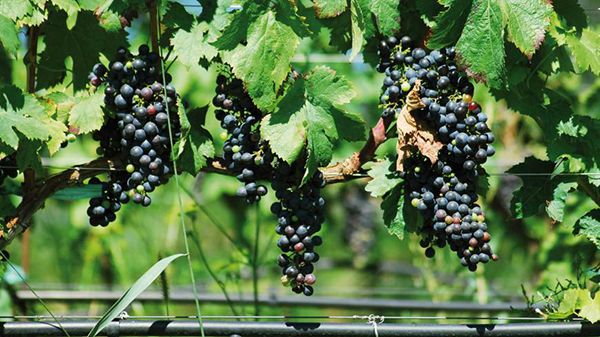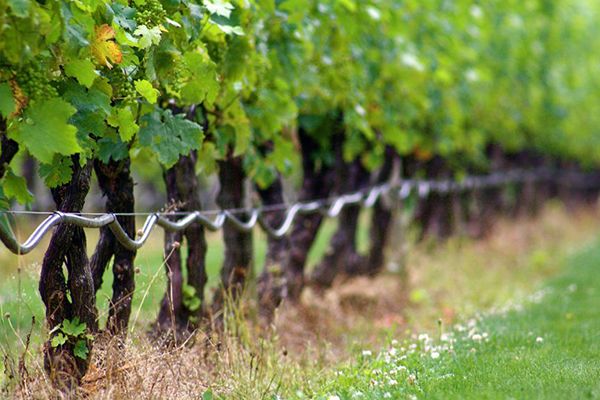Drip irrigation is a rapidly developing water-saving and high-efficiency irrigation technology. Drip irrigation is an irrigation method that slowly sends water to the root zone of crops through drip-dropping. Drip irrigation is more water-saving, labor-saving, labor-saving and cost-saving than traditional above-ground irrigation, which is beneficial to increase the ground temperature of vineyards and control the air humidity between the grape rows, which is beneficial to reduce the occurrence of pests and diseases, and promote the improvement of grape yield and quality The benefits are obvious, and the installation is convenient, the cost is low, and it is replaced once every 1-2 years, which is very suitable for vineyards. The following is a brief introduction to how to install vineyard drip irrigation equipment.
Composition of drip irrigation system
The drip irrigation system is mainly composed of three parts: a water supply device, a water pipeline (dry and branch pipes) and a drip soft belt.
1. Water supply device: refers to water source, water pump, flow and pressure regulator, fertilizer mixing tank, fertilizer injector. The water entering the drip irrigation pipeline must have a certain pressure to ensure the delivery and drip of irrigation water.
2. Water delivery pipeline: It is the channel that leads the water of the water supply device to the vineyard drip irrigation area. Generally, it is a two-stage type, that is, main pipe and branch pipe. The drip irrigation pipe belt is directly installed on the branch pipe. Filters need to be installed on the water pipeline to prevent rust or sediment from clogging. The pipeline after entering the vineyard is set on the first wire on the pole of the grape rack or laid on the ground of the tree tray in the row of trees.
3. Drip part: At present, polyethylene plastic film drip irrigation tape is mostly used. The wall of the pipe is black to prevent the growth of green moss in the pipe and block the pipe. The left and right sides of the dropper with hose have a row of drip holes with a diameter of 0.5-0.7 mm, and the distance between the holes on each side is 25 cm. The drip holes on both sides are staggered. When the water pressure reaches a certain pressure, the soft belt will play a role of water transport, and the water of the soft belt will drip into the rhizosphere soil of the grape plant from the drip hole.

Arrangement and installation of drip irrigation system
1. Arrangement and installation of drip tape: According to the direction of grape planting, the branches are arranged in the middle of the grape row. The drip tape is arranged according to the plant spacing. There are two methods for connecting the dripping soft tape to the branch pipe: one is to use a tee with a different diameter, generally 40 mm × 25 mm, and one end of the 25 mm is covered with a dripping soft tape and then tied with a rope or iron wire. The other end should also be tied tightly, and then connect the two ends of the tee with a certain distance with a black semi-soft plastic tube with an inner diameter of 40 mm at a certain distance. When the drip soft belt is connected with a different diameter tee, the water delivery volume is large and the flow speed is fast, which is particularly suitable for use in grape planting rows with a length of more than 50 meters. If the planting row is too long, you can form two groups from the middle of the vineyard, install two valves, and send the water to both sides, and implement group irrigation. Another installation method is to punch the water delivery pipe according to the position of the soft belt, install a bypass on the hole, connect the drip soft belt to the water outlet of the bypass and tie it tightly. The bypass price is cheap. It is much easier than reducing tees.
2. Connection and installation of water pipelines: If the outlet to the vineyard is a 50 mm internal diameter pipe, you can first use a 1 reducer to coordinate it with the branch pipe. If the diameter is the same, there is no need to change the caliber.

